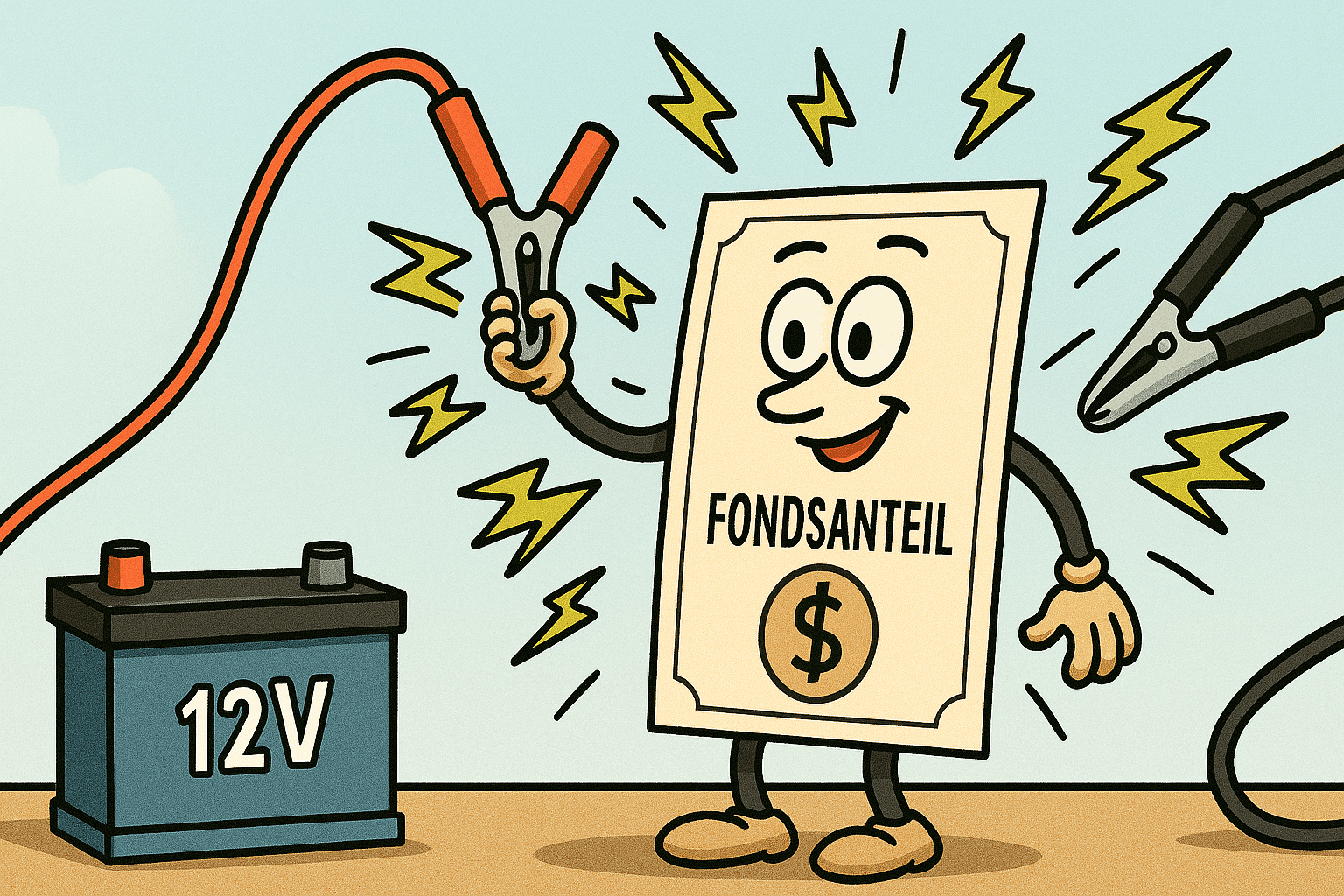Comment by Dr. Michael Heigl, Director Sustainability & Economic Impact, Wüest Partner, on the revised EU Regulation on Sustainability-Related Disclosure Requirements in the Financial Services Sector (SFDR 2.0) published on 20.11.2025
“The new three SFDR product categories mark a real system change: instead of Art. 8/9 labels that are susceptible to interpretation, there are now clear, quantitative criteria for transition, ESG basics and sustainable products – each with 70 percent minimum quotas and defined exclusions. In the case of transition and sustainable products, compliance with the criteria can also be demonstrated by a taxonomy-compliant investment share of at least 15%. This noticeably increases transparency and comparability. At the same time, the abolition of PAIs at the company level reduces complexity, but deprives the market of an established tool for comparability. With further simplifications, the European Commission is clearly focusing on relief and systematisation. However, it remains crucial that the upcoming detailed rules remain practical so that the reformed SFDR 2.0 does not become a hurdle, but actually facilitates sustainable investments.” – Dr. Michael Heigl, Director Sustainability & Economic Impact, Wüest Partner
In detail:
The current draft of the EU Commission on the realignment of the Sustainable Finance Disclosure Regulation (SFDR) is a decisive step towards a clearer structured and much more user-friendly regulatory framework. The move away from the previous reporting obligations under Art. 8/9 towards a real product category system creates orientation and comparability. The new definitions for transition, ESG basics and sustainable products reduce room for interpretation and provide a more robust foundation for product design and communication.
The three new product categories mark a clear change of system. The first category of transition products (Art. 7) includes financial products that invest in the transition of companies and economic activities to sustainability. At least 70% of investments must meet a measurable transition objective; this is considered to be fulfilled if at least 15% of the investments are taxonomy-compliant. Minimum exclusions in accordance with Delegated Regulation (EU) 2020/1818 apply to these products. The second category is made up of ESG basics products (Art. 8), which systematically integrate sustainability factors into their investment strategy. At least 70% of investments must include sustainability factors. The same minimum exclusions apply to these products as to the Transitions products. The third category of sustainable products (Art. 9) invests directly in sustainable companies and economic activities. At least 70% of investments in these products have clear and measurable sustainability goals; this is considered to be fulfilled if at least 15% of the investments are taxonomy-compliant. In addition to the exclusions according to EU 2020/1818, the extended exclusions of fossil fuels and the lack of phase-out plans from coal apply to these products. In this way, these new categories replace the requirements that were previously subject to interpretation with uniform, quantitative and clearly verifiable criteria.
The abolition of principal adverse impacts (PAIs) at the company level is also essential. This step reduces complexity and relieves the burden on smaller market participants in particular, but PAIs were already established in the market and an important component of transparency. Although the replacement by minimum exclusions is practicable and consistent with existing EU regulations, it carries the risk of a noticeable loss of information, as like-for-like comparisons at the overall company level will be much more difficult in the future.
Other reform elements of the draft strengthen the simplification: investment advisors and portfolio management are removed from the scope of the SFDR, and the disclosure requirements for remuneration policy and taxonomy disclosures under Art. 5–7 of the Taxonomy Regulation are completely eliminated. Pre-contractual information is to be greatly streamlined in the future and limited to a maximum of two pages. In addition, the EU Commission – and not the European supervisory authorities – will develop the delegated acts on the concrete design of the categories and templates.
Overall, the draft creates more clarity, transparency and market security. However, the practical design of the detailed regulations will be decisive so that the reformed SFDR 2.0 does not become a hurdle but effectively supports sustainable real estate investments.






















